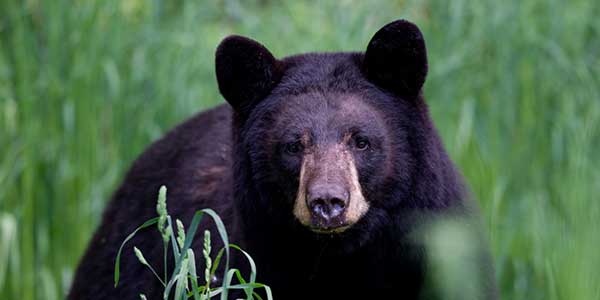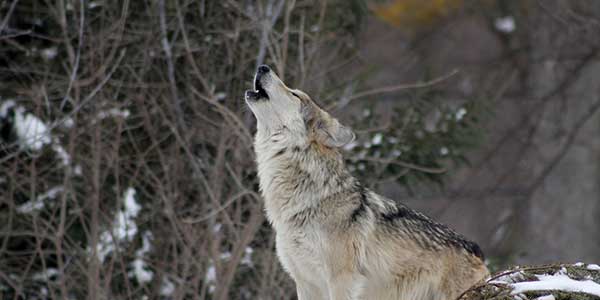Cougar and Wild Cat Protection in British Columbia
Overview
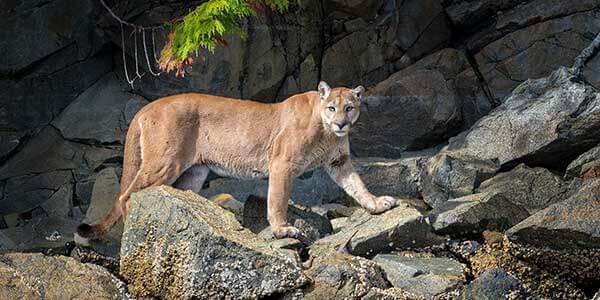
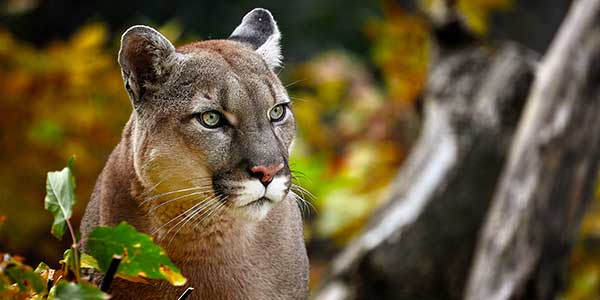
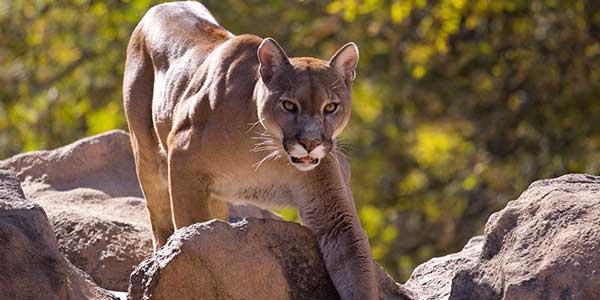
Bobcats
Bobcats
Canada Lynx
Canada Lynx
Preventing Conflicts With Cougars
Understanding cougars and their habits, along with recognizing that they are our wild neighbors is the first step toward co-existing with them. Simply seeing a cougar, or signs that a cougar was in the area, is not reason for alarm.
If you live in or near cougar habitat, making a few changes to your landscape and your behavior can significantly reduce your chances of drawing in unwanted wild visitors—not only cougars, but also bears, coyotes, and wolves.
- Store trash in clean, well-secured containers. Wash trash cans to avoid attracting potential prey species such as raccoons.
- Don’t leave pet food outside. Either feed pets indoors or remove food immediately after they’ve eaten.
- Don’t feed deer or other wildlife that may attract cougars.
- Don’t compost meat scraps or other foods that would attract cougars or their prey.
- Trim vegetation around your house to avoid providing concealment for cougars as they rely on cover to ambush their prey. Your yard need not be completely barren, but it shouldn’t include dense underbrush that would allow a cougar to hide undetected.
- Seal open areas under structures like porches, sheds and decks that can provide shelter for cougars or their prey.
- Install lighting or motion-sensor lighting in dark areas around the home to deter cougars and other wildlife.
Recreation in Cougar Country
- Take a friend with you; avoid venturing into cougar country alone.
- Be aware of your surroundings (i.e. don’t wear headphones).
- Bring along a whistle or an air horn that could help scare away wild animals you may encounter.
- Keep children under the age of 16 close and don’t allow young children to play outdoors unsupervised. Walk with children between two adults or hold them by the hand.
- Keep your dog on a leash 6 feet long or less.
What to Do if You Encounter a Cougar
- Don’t run! Running will provoke the predatory chasing behaviour of cougars, as it would with other predators such as bears, coyotes, and wolves.
- Pick up small children or pets that are with you.
- Directly face the cougar, but look at the cougar’s feet, not directly into their eyes, to avoid appearing aggressive.
- If the cougar displays aggressive behaviour try to appear larger—raise your arms or open your jacket over your head.
- Make noise by yelling, blowing a whistle or an air horn.
- If you have an umbrella, quickly open and close it while facing the cougar.
- Do not approach the cougar. Give it ample space to run away – don’t corner it.
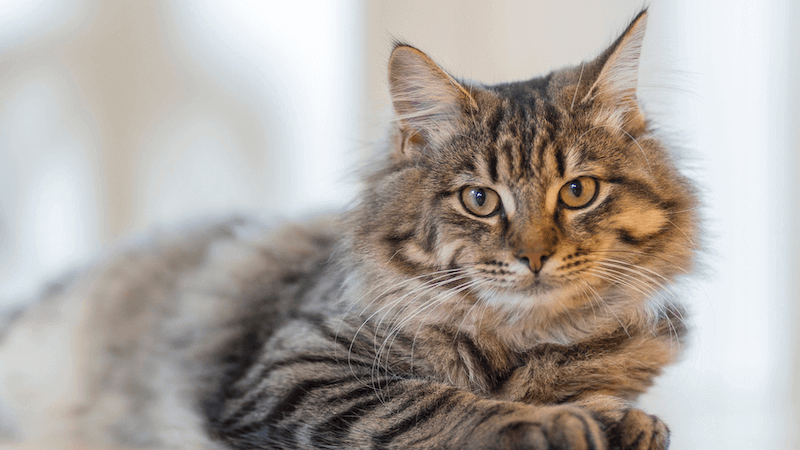
Protecting Pets
- Keep cats indoors and always supervise small pets when outside, especially from dusk to dawn. Be aware that cougars can jump 18 feet, so most fences will not protect unsupervised pets outside.
- Keep small pets such as rabbits or guinea pigs inside or in a secure enclosure that is covered on top.
- Minimize brush and cover in your yard that can provide hiding places for cougars.
- Walk your dog on a leash 6 feet long or less.
Become an Animal Defender
Discover More
Living Peacefully with Wildlife
Together, we can learn how to peacefully coexist with wild animals and support their natural habitats.
Protecting Black Bears
Black bears are found in every Canadian province and territory except Prince Edward Island.


